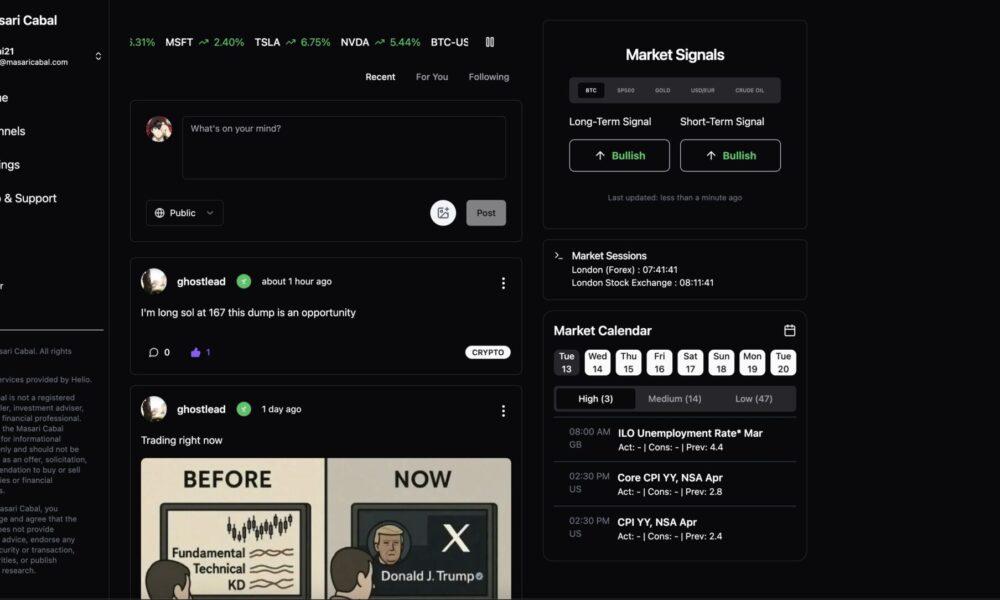SOPA Images/LightRocket via Getty Images
Synopsis
Louisiana-Pacific (NYSE:LPX) is a company that specializes in building solutions and produces products such as siding and oriented strand board. LPX’s historical revenue growth rate and margins were volatile as its products’ demand is highly correlated to home construction activity. In FY2023, its revenue growth and margins took a hit due to decreasing housing starts. Looking ahead, the uncertain macroeconomic environment is casting shadows regarding interest rate cuts, which resulted in mortgage rates creeping upward. Given the uncertainty in LPX’s growth outlook coupled with low upside potential, I recommend a hold rating due to the lack of margin of safety.
Historical Financial Analysis
Looking at the following chart, LPX’s historical revenue growth has been volatile. In 2019, the revenue decline was caused by a decrease in oriented strand board [OSB] prices and shipments. In 2020 and 2021, revenue growth started to recover. The growth was driven by siding sales growth and an increase in OSB prices. As mentioned by management, their product demand has a high correlation with home construction activity, thus meaning it moves in tandem with housing starts. In 2022, revenue growth decelerated when housing starts dipped.
When looking at its margins, it’s clear that its adjusted EBITDA margin and adjusted net income margin move in tandem with its revenue growth. In 2022, net income decreased due to a decrease in adjusted EBITDA. The drop in adjusted EBITDA was attributed to a decrease in OSB prices.
Author’s Chart
LPX Annual Report
Author’s Chart
Sharp Drop in US Housing Starts
Just two days after the earnings release, January 2024’s US housing starts data was released. US home construction decreased 14.8% month-over-month in January 2024 to 1.33 million. In December 2023, US housing start was 1.56 million. Construction slowed down because builders curtailed activities due to the harsh winter weather.
The 14.8% decrease was driven by falling single-family and multifamily housing construction, but multifamily had a bigger drop of 36%. On the other hand, single-family dropped significantly lower at just 4.7%. In addition to housing start decrease, building permits also decreased, and they decreased by 1.5%. The building permit is an important indicator because it is often used as a gauge for future housing construction demand.
Although housing starts dropped in January 2024, the majority of the builders are optimistic, as they expect a falling mortgage rate will bolster housing demand. Although the US inflation rate has indeed come down over the past few months, no one can predict the future movement of inflation. In my opinion, we must remain conservative and objective in our approach. It is crucial to monitor both the direction of inflation and the Fed’s policy decisions. I expect housing demand to continue to be challenged until the Fed signals a much clearer intention to ease its policy.
Trading Economics
US Mortgage Rate Rise in February
February 2024’s 30-year mortgage rate came in at 6.77%, which increased when compared to the week before. Rates increased after the inflation report came in higher than market consensus estimates, showing that the US economy is still strong. In January 2024, the reported inflation rate was 3.1%, above the consensus of 2.9%. The CPI reported was 0.3%, above the consensus of 0.2%.
As a result, it is casting shadows on the market regarding when the Fed will start reducing the interest rate. As long as the interest rate stays elevated, the mortgage rate will be impacted as well, and this will have an impact on housing demand, creating a headwind for LPX’s near future.
Trading Economics
Impact on FY2023 Results
LPX’s FY2023 results were less than ideal, net sales for the year fell 33% year-over-year to ~$2.58 billion. Its sales segment can be segregated into siding, OSB, LPSA, and others. Siding holds the largest share, while OSB comes in second.
For its siding segment, net sales were down 10% year-over-year to $1.3 billion. The decrease was caused by declining volume, which fell 14%, but was partially offset by better pricing, which increased 5%. The double-digit decline in volume was due to both a tough 2022 comparable period and, more importantly, challenging home sales markets. Moving onto the OSB segment, the news is not great either, as revenue fell a staggering 50% due to lower price and volume. Price was down 40% while volume fell 18%. LPSA net sales fell 15%, and it was also driven by lower OSB volume and prices. In 2Q23, LPX shut down Entekra. As a result, the other segment fell 73% due to lower Entekra sales volume.
Author’s Chart
In terms of profitability margins, all of them contracted year-over-year. Adjusted EBITDA margin contracted from 2022’s 36% to 18.5%. Adjusted EBITDA margin contraction was caused by a drop in OSB’s selling price and volume and a decrease in siding’s volume, which was partially offset by the increased price as mentioned above. As a result, the adjusted net income margin suffered. It contracted from 2022’s 23.9% to 9.03%. For 2023, EPS reported was $2.46, which fell ~$11.41 per share from 2022’s $13.87.
Author’s Chart
Relative Valuation Model
In terms of growth outlook, LPX underperformed its peers, as listed in my model. Its forward revenue growth rate is -8.99%, lower than its peers’ median of -5.47%. Moving onto profitability margins, LPX does not fare well either. Its gross profit margin TTM of 23.25% is also lower than its peers’ median of 24.67%. When it comes to net income margin TTM, the difference is bigger. LPX’s net income margin TTM of 6.90% is lower than its peers’ median of 8.24%, a difference of 1.34%.
Currently, LPX’s forward P/E ratio of 17.35x is trading lower than its peers’ median of 19.60x. Given its underperformance in growth outlook and profitability margins, I argue that it is fair for LPX to be trading at a discount to its peers. However, its current P/E is trading above its 5-year average of 15.62x, which I argue that it should not be as its revenue growth outlook and margins are no longer as robust compared to the previous few years.
For 2024 and 2025, market revenue estimates for LPX are $2.76 billion and $2.91 billion, respectively. 2024 and 2025 EPS estimates are $3.95 and $4.84. Given the challenges LPX faced that were discussed above, these estimates are justified. By applying 15.62x to its 2025 EPS estimates, my target price is $75.60, which gives me an upside potential of only 10%.
Author’s Valuation Model
Risk
The upside risk to my hold recommendation is in relation to housing market demand and the macroeconomic conditions, as they are correlated. If the Fed were to announce interest rate cuts due to subsiding inflation, the mortgage rate would follow suit. Lower mortgage rates will improve the housing market, which in turn will directly impact LPX’s top and bottom lines. In such a scenario, the market will revise its expectations upward, leading to share price appreciation.
Conclusion
In conclusion, LPX’s past four years revenue growth rate and margins have been fluctuating. The reason behind this is that its products have a direct correlation with home construction activity. In 2023, housing starts declined when compared to 2022. As a result, its FY2023 revenue fell while margins contracted.
In addition, January 2024’s US housing starts decreased by 14.8% month-over-month, which isn’t a good start to the year. In addition, the mortgage rate for the same period increased due to hotter-than-expected inflation data. With these headwinds, uncertainties surrounding LPX’s growth outlook, and the current share price lacking sufficient margin of safety, I am recommending a hold rating for LPX.







































